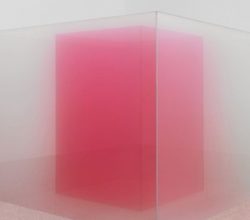
Milton Avery: conversations with colour
Kelly Grovier | Royal Academy | 11th July 2022
Avery came to art late – he made his “breakthrough” work at 60 – but then produced work of “astonishing resplendence”. Was he a quirky follower of Matisse or someone who saw more radical uses of colour? The above piece definitely thinks the latter but other opinions vary. Avery only painted “things seen”, observes one critic. The more radical step – using colour to “evoke thoughts and feelings rather than to describe the visible world” – had to await the next generation.

